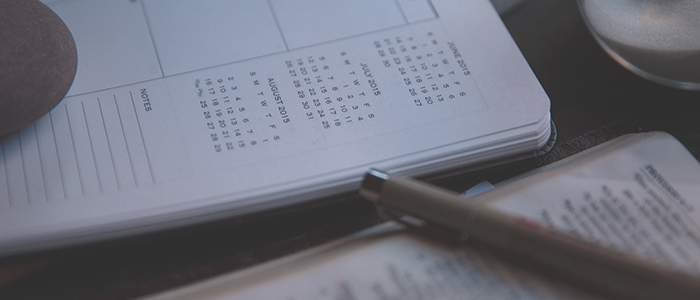The 20-Second Rule: Keeping Clients Motivated
As personal trainers, we experience the triumphant joy of obtaining many new clients in the New Year and the excitement of getting those clients fired up about their fitness goals. Most of us have also experienced the heartbreaking frustration of having new clients fall off the health and fitness wagon and lose motivation to achieve their goals.
Part of our role as fitness professionals is to provide our clients with the tools to keep them moving forward. Tools can come in the form of a wearable fitness tracker like the MYZONE physical activity monitor or in the form of positive habits. Better yet, combine the two!
In his book, The Happiness Advantage, Shawn Achor outlines seven principles from the field of positive psychology designed to improve performance (at work, at home, at the gym). One of the principles in keeping clients motivated is titled the 20-second rule.
The idea behind the 20-second rule is to reduce barriers that prevent us (and our clients) from adhering to the behavioral habits we want to carry out. Starting and continuing a new habit requires what Achor calls activation energy, and if there are too many barriers (i.e. obstacles that take us longer than 20 seconds to overcome), we are more likely not to start. For example, how many of your clients have said “I forgot my gym shoes/my MYZONE belt at home”?
You can help your clients put the 20-second rule into action by coaching them to eliminate barriers to their fitness goals.
3 examples of the 20-second rule in action
- Have your clients pack their gym bag the night before, placing their clothes, shoes, MyZone belt, and other fitness supplies in their bag so they're ready to rock and roll.
- Encourage your clients to plan their nutrition ahead of time so they don't come to the gym with limited energy or with having just eaten.
- Immediately after your workout with a client, have them look at their activity calendar to see MEPs earned and calories burned (this provides an immediate reward—no waiting or delayed gratification).
Create Barriers to Bad Habits
We can also use the 20-second rule in reverse by creating barriers for the habits we want to discontinue. In his book, Achor provides the example of taking the batteries out of his TV remote and storing them 20 seconds away from the couch (creating a 20 second barrier to being able to turn on the TV). You can create strategies with your clients like these:
- Have your client place their alarm on the other side of their bedroom so they have to get up and turn it off (rather than hitting snooze and oversleeping).
- Have your client move healthier foods to the front of their fridge and cabinets and move foods they want to eat in moderation to the back.
Although the provided examples might seem like trivial behavioral habits, these are often the habits that separate clients who adhere to a health and fitness program from those who do not.
One of the wonderful features of the MYZONE physical activity monitor is that your clients receive immediate feedback and positive reinforcement about their effort. Leverage this immediate reward system by encouraging your clients to monitor their effort stream and activity calendar regularly. Provide your clients with MyZone Effort Points (MEPs) goals and target heart rate zones, and watch as their adherence to their exercise programs stay strong!
Encourage your clients to share their progress with us by using the hashtags #myzone #myzonemoves, #effortrewarded, and #20secondrule when they post to Facebook, Instagram, and Twitter!
Share this
You May Also Like
These Related Stories

Fitness Goals: New Year - New Beginnings

Get Clients Started with Myzone: Submaximal Assessment



